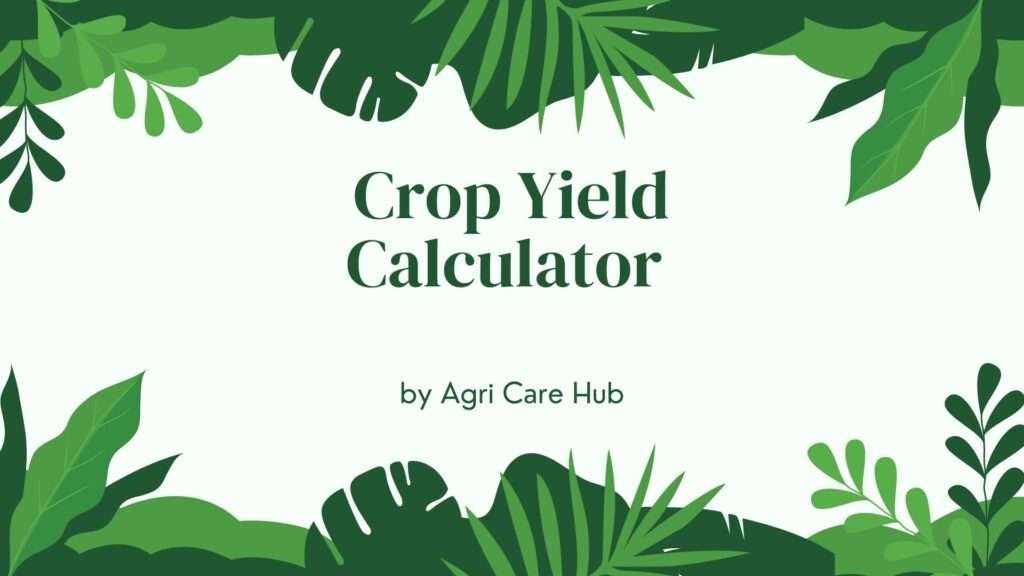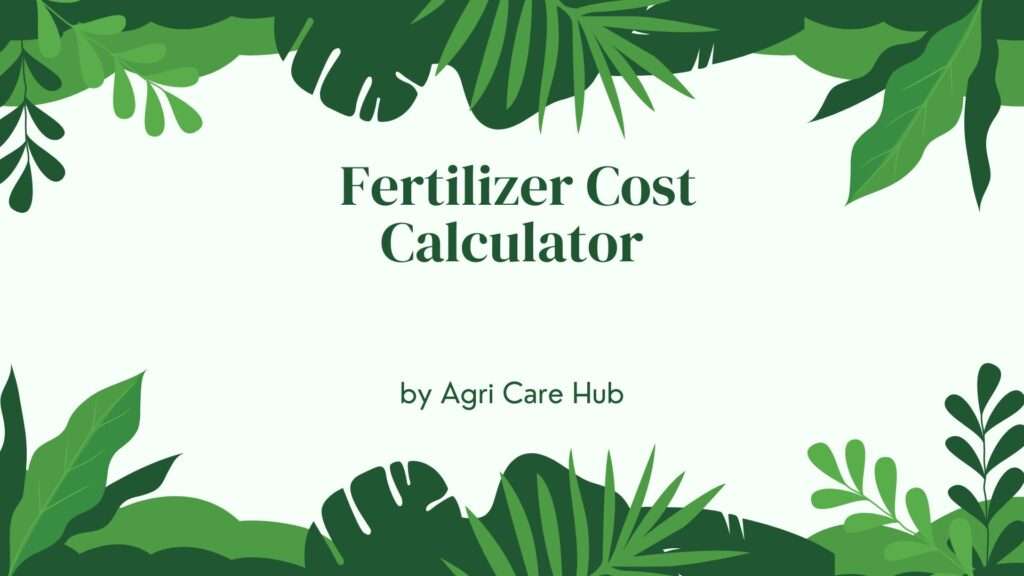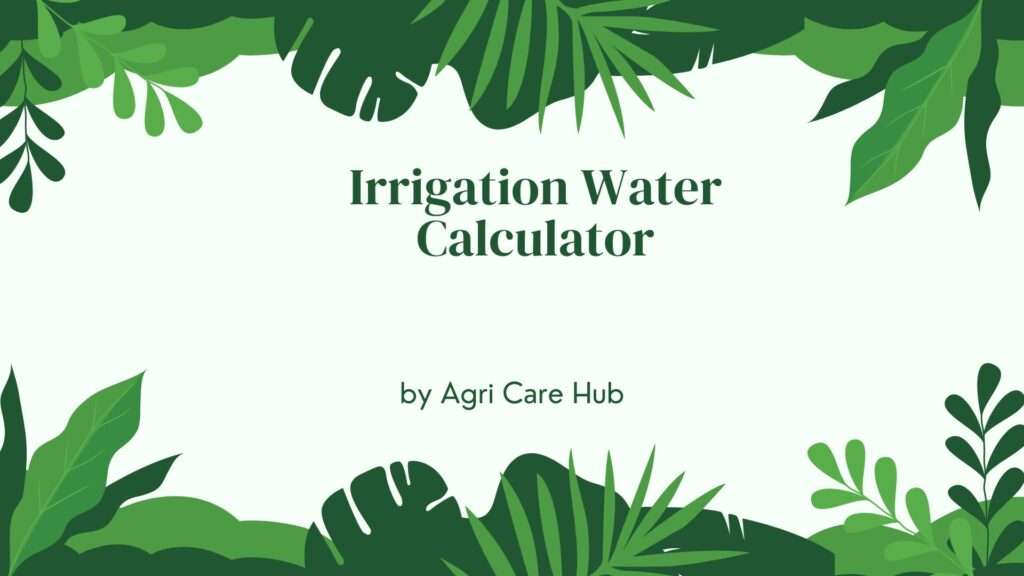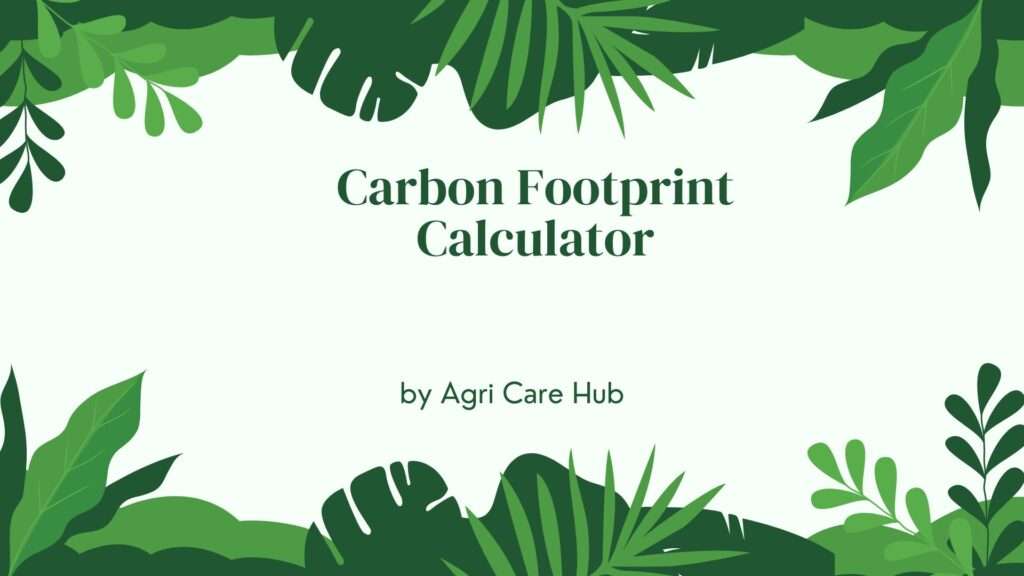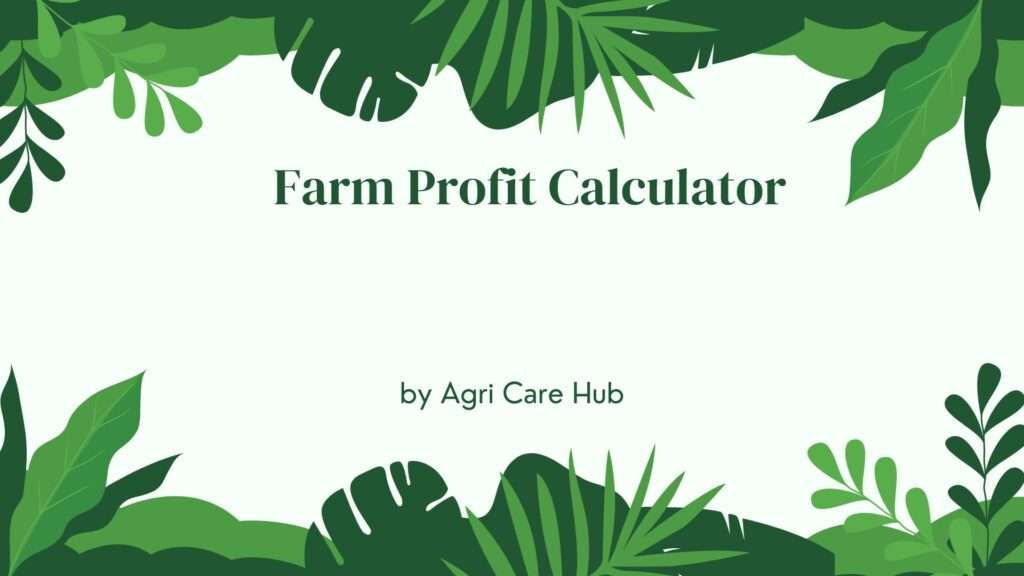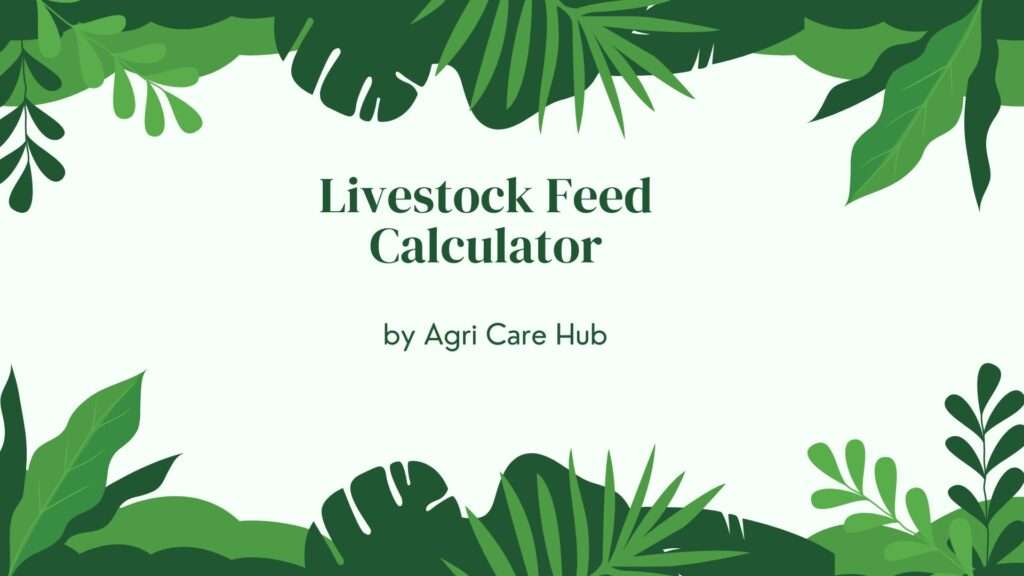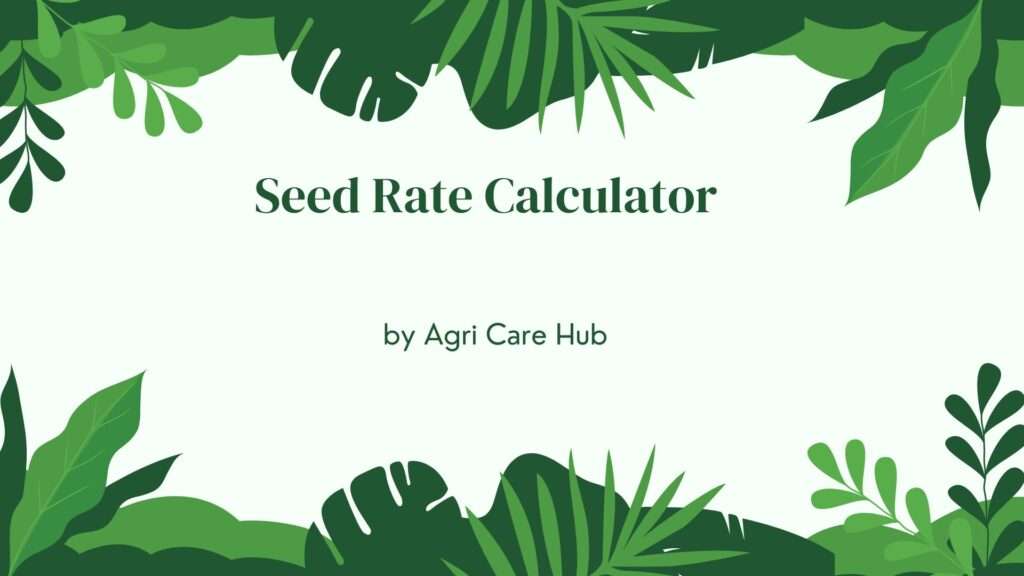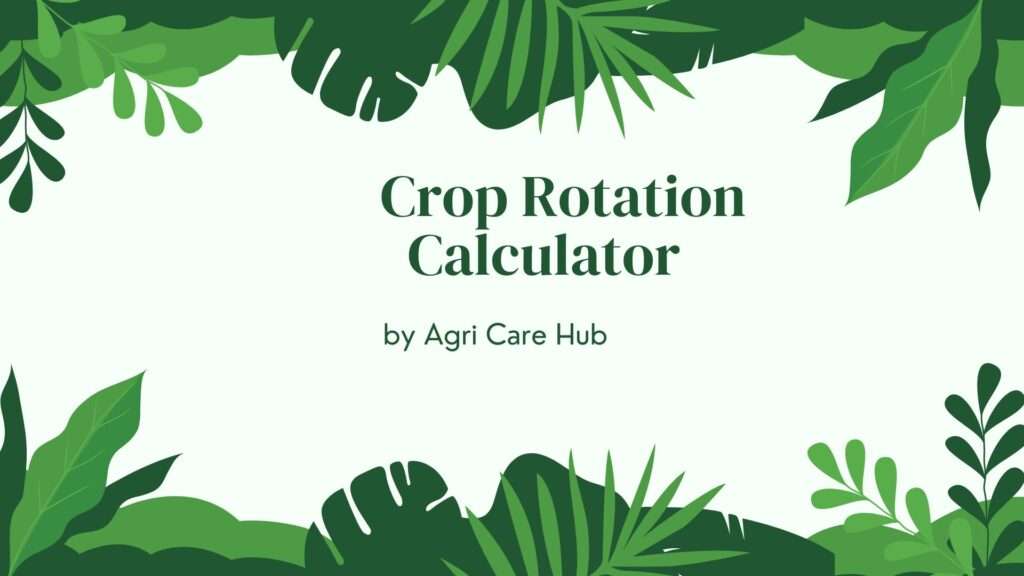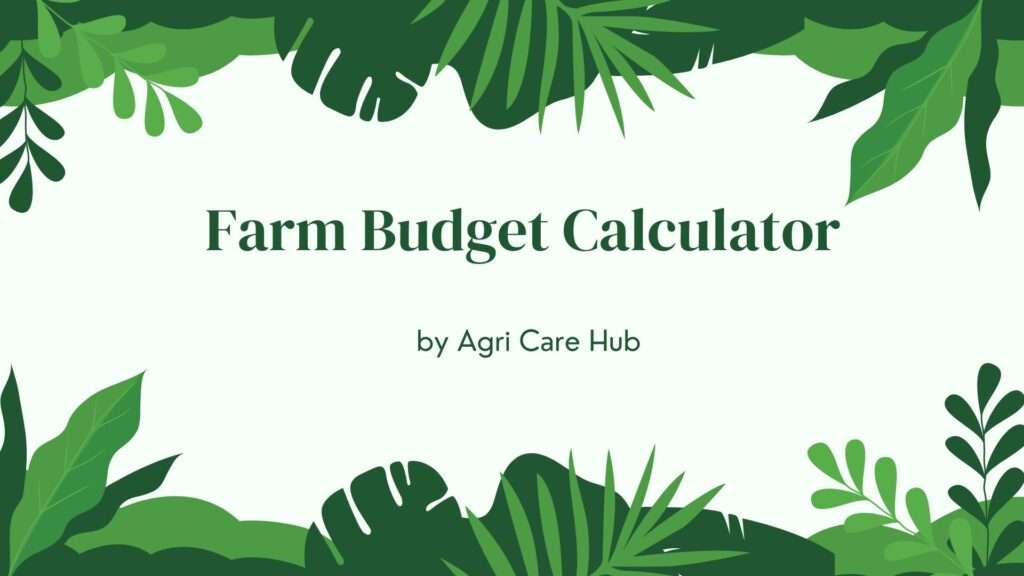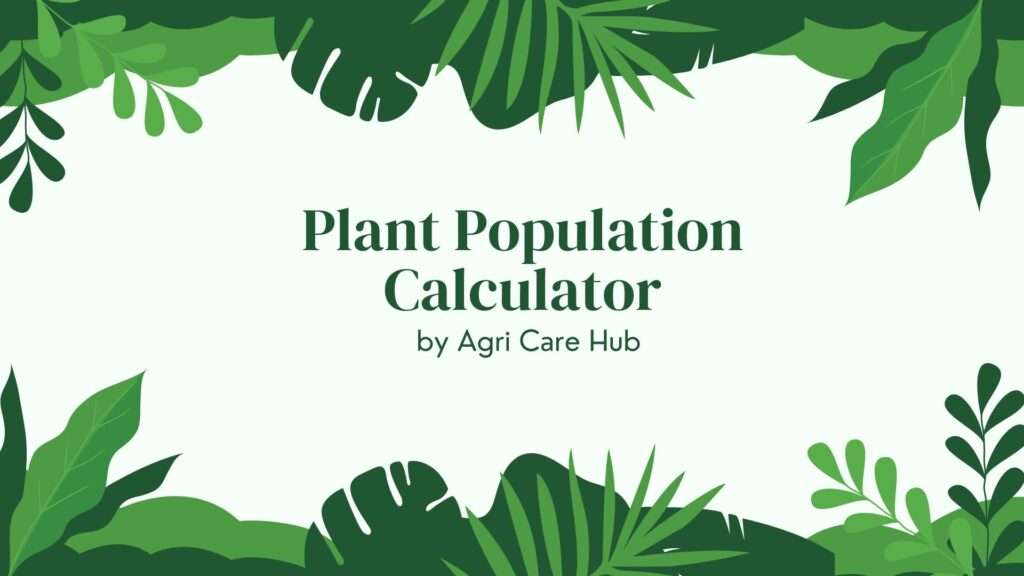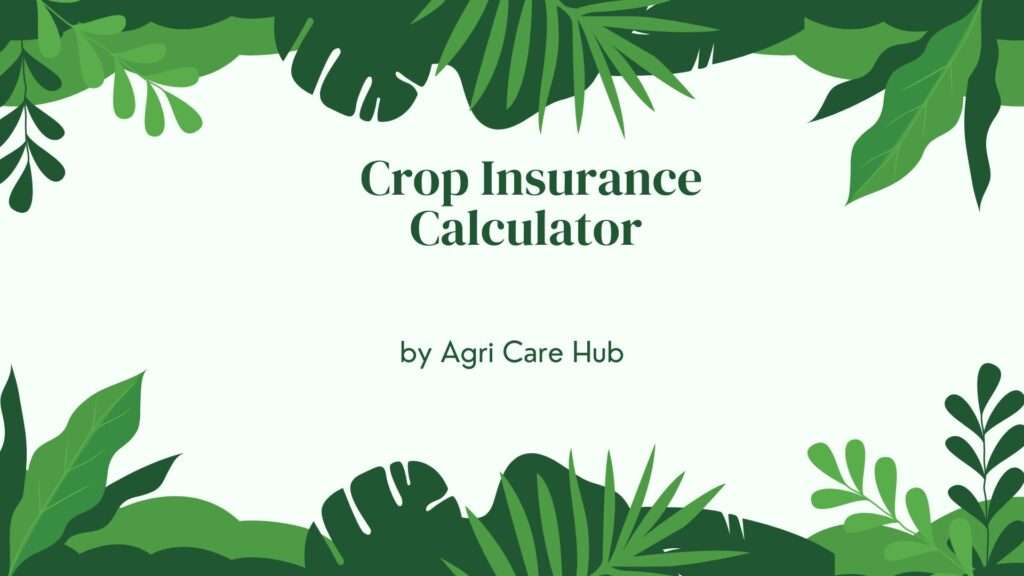Soil Carbon Retention Analysis Calculator
Analyze Soil Carbon Retention
Enter soil and management parameters to calculate carbon sequestration potential, retention efficiency, and long-term storage capacity using peer-reviewed scientific models.
About the Soil Carbon Retention Analysis Calculator
The Soil Carbon Retention Analysis Calculator is a scientifically robust tool designed to estimate carbon sequestration potential and long-term retention in agricultural soils. Built on peer-reviewed models from soil science and biogeochemistry, this calculator enables farmers, researchers, and environmental scientists to quantify the impact of management practices on soil organic carbon (SOC) storage. By inputting key soil properties and management scenarios, users receive detailed projections of carbon retention efficiency, total carbon stored, and climate mitigation potential. For sustainable agriculture resources, visit Agri Care Hub.
Importance of Soil Carbon Retention Analysis
Soil carbon retention is a cornerstone of climate-smart agriculture and global carbon cycling. Healthy soils act as natural carbon sinks, storing organic matter that would otherwise contribute to atmospheric CO₂. The Soil Carbon Retention Analysis Calculator plays a critical role in helping stakeholders understand how different land management practices influence carbon sequestration rates and soil health. With agriculture responsible for approximately 24% of global greenhouse gas emissions, enhancing soil carbon storage through improved practices offers a scalable, cost-effective climate solution.
This calculator uses established scientific frameworks, including the Rothamsted Carbon Model (RothC) principles and IPCC Tier 2 methodologies, to provide accurate estimates. It accounts for decomposition rates, carbon input from residues, and stabilization mechanisms in soil aggregates. By making these complex processes accessible, the tool empowers evidence-based decision-making in sustainable land management.
Scientific Foundation and Methodology
The calculator employs a multi-pool carbon dynamics model based on peer-reviewed literature. Soil organic carbon is divided into decomposable plant material (DPM), resistant plant material (RPM), microbial biomass (BIO), humified organic matter (HUM), and inert organic matter (IOM). The annual carbon input is estimated from management practice-specific factors, while decomposition follows first-order kinetics with rate constants adjusted for temperature, moisture, and clay content.
The core equation for carbon stock change is:
Where C_input is annual carbon addition, f_management is a practice-specific efficiency factor, k is the decomposition rate constant, and f_environment represents climatic modifiers. The model runs iteratively over the specified time period to simulate long-term dynamics.
User Guidelines
Follow these steps to use the Soil Carbon Retention Analysis Calculator accurately:
- Initial SOC (%): Enter the current soil organic carbon percentage (typically 0.5–5% in agricultural soils). Use lab analysis for best accuracy.
- Bulk Density (g/cm³): Input soil bulk density. Default agricultural soils range from 1.1–1.5 g/cm³.
- Sampling Depth (cm): Specify the soil layer depth (usually 0–30 cm for topsoil analysis).
- Management Practice: Select the primary practice to be evaluated. Each option applies validated carbon input and protection factors.
- Time Period: Define the projection duration (5–50 years recommended for reliable trends).
- Click "Calculate": The tool will display total carbon sequestered, retention efficiency, and equivalent CO₂ mitigation.
Always use site-specific data when available. For regional estimates, consult local soil surveys or extension services.
When and Why You Should Use This Calculator
Use the Soil Carbon Retention Analysis Calculator in the following scenarios:
- Farmers & Agronomists: Evaluate the carbon benefits of adopting no-till, cover crops, or organic amendments.
- Carbon Credit Developers: Quantify verifiable carbon sequestration for offset markets.
- Researchers: Model long-term soil carbon trends under climate change or policy scenarios.
- Policymakers: Assess the scalability of soil carbon enhancement programs.
- Educators: Teach students about soil health, carbon cycling, and sustainable agriculture.
The tool is particularly valuable when planning transitions to regenerative practices, applying for sustainability certifications, or reporting environmental impact.
Purpose and Applications
The primary purpose of the Soil Carbon Retention Analysis Calculator is to bridge scientific rigor with practical application. It translates complex soil carbon models into an intuitive interface, enabling non-experts to make informed decisions. The tool supports multiple applications:
- Carbon farming planning and verification
- Life cycle assessments (LCA) for food products
- Climate mitigation strategy development
- Soil health monitoring and benchmarking
- Grant and subsidy justification
By providing transparent, reproducible calculations, it builds trust in soil-based climate solutions.
Management Practice Factors (Scientific Basis)
Each management practice applies multipliers derived from meta-analyses:
- No-Till: Reduces soil disturbance, increasing carbon protection in aggregates (+25–40% retention vs. conventional).
- Cover Cropping: Adds biomass input and reduces erosion (+0.3–1.0 tC/ha/yr).
- Manure Application: High labile carbon input with slow-release humification (+1.5–3.0 tC/ha/yr).
- Agroforestry: Deep root systems and litterfall enhance subsoil carbon (+0.5–2.0 tC/ha/yr).
- Rotational Grazing: Optimizes plant regrowth and manure distribution (+0.4–1.2 tC/ha/yr).
Output Interpretation
The calculator provides:
- Total Carbon Sequestered (tC/ha): Net increase in soil carbon stock.
- Retention Efficiency (%): Fraction of added carbon that remains after decomposition.
- CO₂ Equivalent Mitigated (tCO₂e/ha): Climate impact using 44/12 conversion factor.
- Annual Sequestration Rate: Average yearly carbon gain.
Limitations and Best Practices
While scientifically grounded, the calculator uses generalized parameters. Site-specific variations in climate, soil texture, and crop type may affect accuracy. For precise verification, complement with soil sampling and laboratory analysis. The model assumes steady-state inputs and does not account for extreme weather events or land-use change.
Future of Soil Carbon Management
Advances in remote sensing, machine learning, and soil spectroscopy are enhancing carbon monitoring capabilities. The Soil Carbon Retention Analysis Calculator represents a step toward digital soil management, enabling real-time decision support for carbon farming. As global policies increasingly incentivize soil carbon enhancement, tools like this will be essential for transparent, scalable climate action.
Conclusion
The Soil Carbon Retention Analysis Calculator is more than a computational tool—it is a gateway to sustainable land stewardship. By combining cutting-edge soil science with user-friendly design, it empowers users to quantify, optimize, and communicate the climate benefits of soil management. Whether you're restoring degraded land, building resilient farms, or contributing to net-zero goals, this calculator provides the scientific foundation needed for meaningful action.

